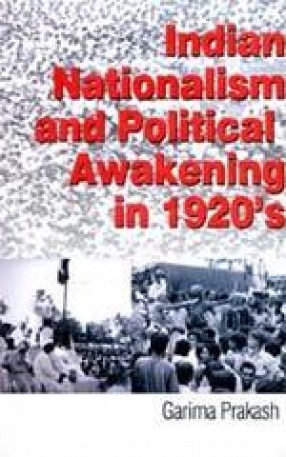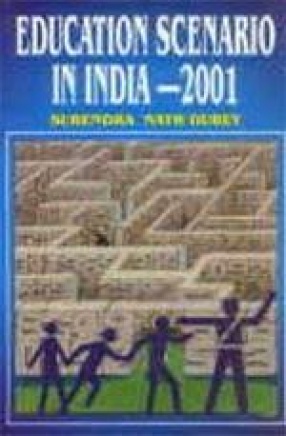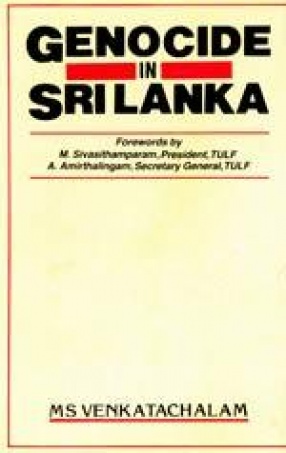India of 1920’s was overflowing with sentiments of nationalism and patriotism. With the new methods of agitations like Satyagrah introduced by Mahatma Gandhi in 1920’s gave a new hope to the countrymen. The Government of India Act of 1919 was essentially transitional in character. Dominion status for India was the thought for the day. But the appointment of an all White Statutory Commission and non-inclusion of Indians disappointed our political leaders and countrymen. Hope of those leaders dwindled from British Empire who had an undying faith in the administration of British. Apart from the political annoyance of this course, it was regarded as a racial insult to have deliberately ignored Indian representation on it, as it was to decide the basis of the future constitution of India. The coming of Simon Commission to India in 1928 to investigate India’s constitutional problems and to make recommendations to the Government in the future Constitution of India worked as a spark in the already tensed political arena of India. It was greeted with the strong protest in all parts of India and all assurances that the Government would consider the Indian view point in all matters was rejected. The Commission Report further infuriated the Indian and the national leaders and the call for ‘Purna Swaraj’ was heard all over the country. This book covers all aspects of the appointment of Statutory Commission. The Historical Background. The Controversial Appointment, Political Awakening and Protest Meeting, Anti-Simonite Demonstrations, The Reports and the Reaction.
Indian Nationalism and Political Awakening in 1920s
In stock
Free & Quick Delivery Worldwide
reviews
Bibliographic information
Title
Indian Nationalism and Political Awakening in 1920s
Author
Edition
1st ed.
Publisher
ISBN
8178352508
Length
334p., References; Appendix; Bibliography; Index; 23cm.
Subjects





There are no reviews yet.